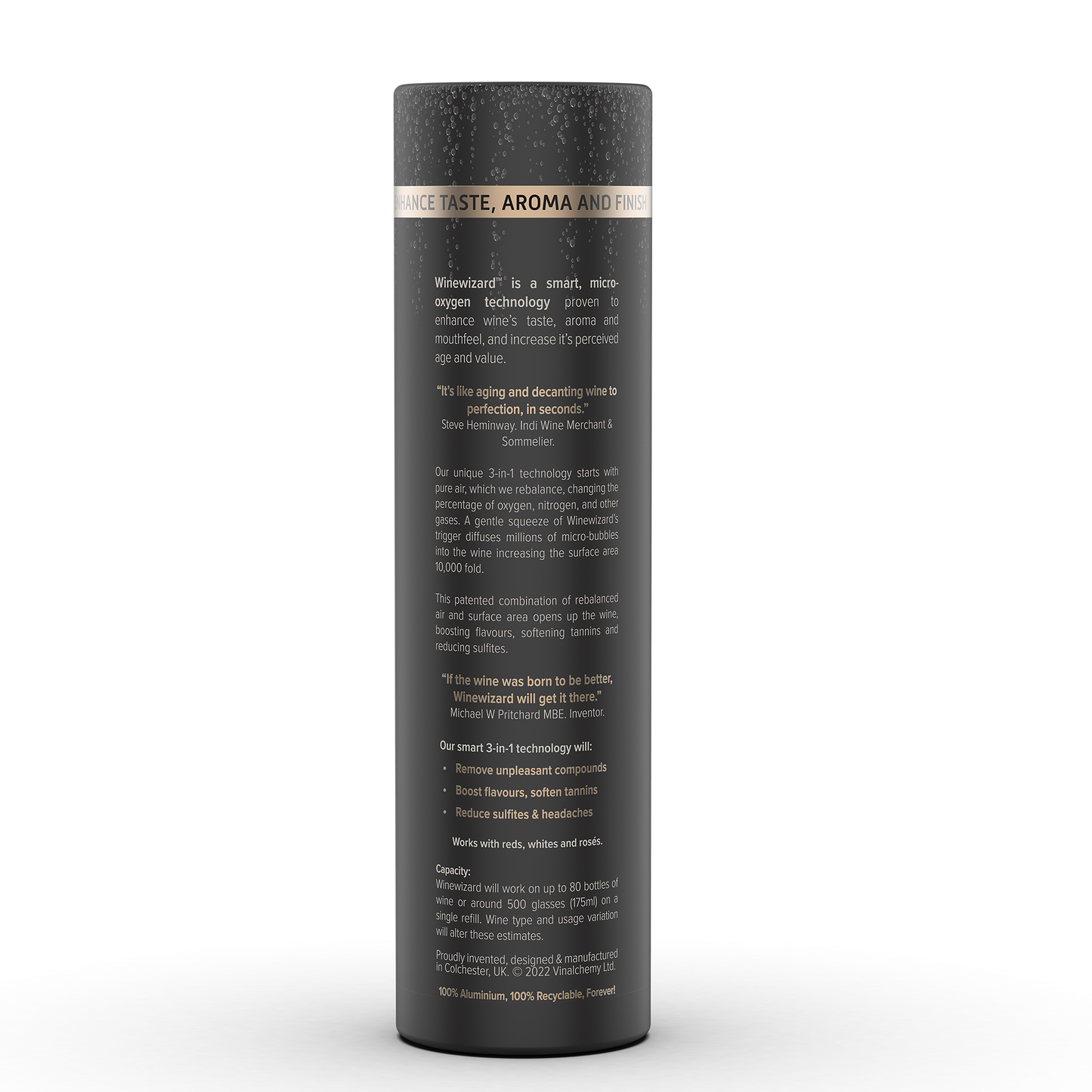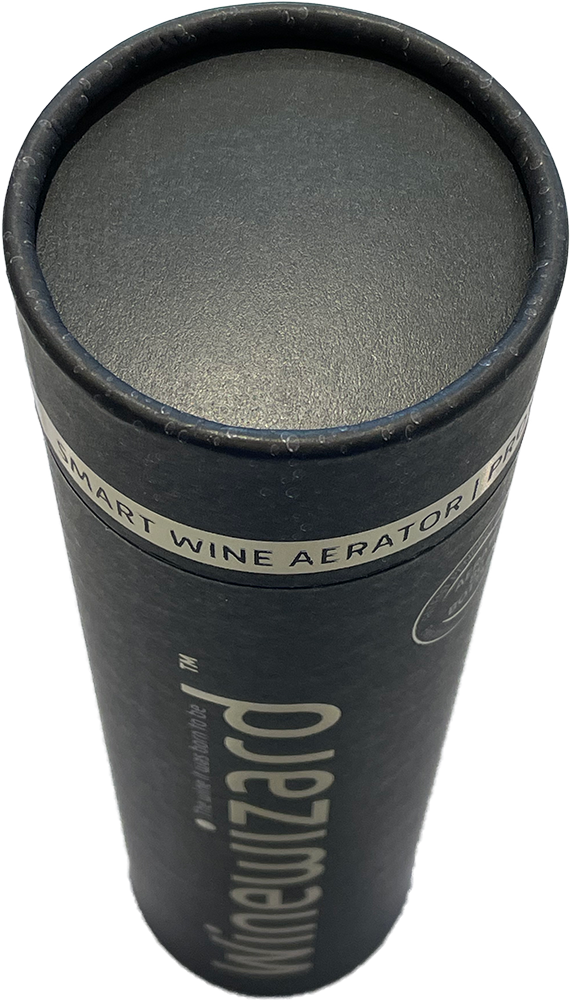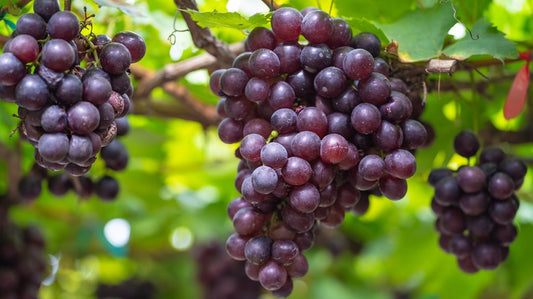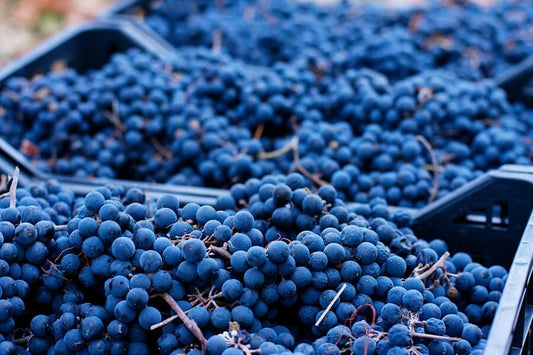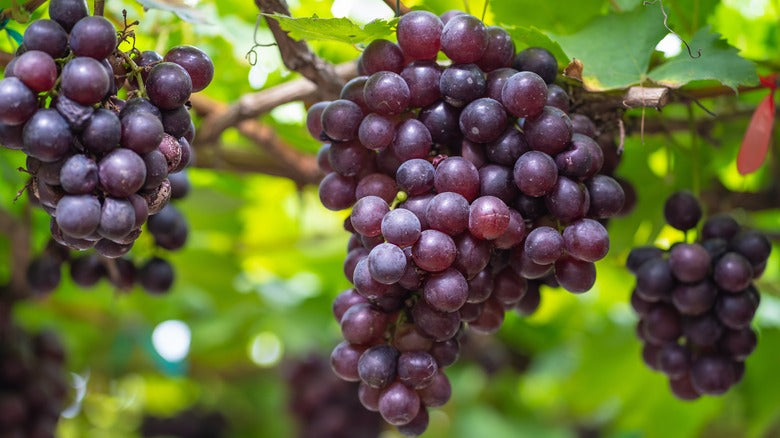
Decoding the Elegance: Exploring the Anatomy of a Grape in the World of Wine
Share
In the intricate world of wine, every sip tells a story—a narrative woven from the nuances of grape varieties, terroir, and winemaking techniques. At the heart of this narrative lies the grape itself, a humble fruit that possesses the power to captivate our senses and transport us to distant vineyards with each taste. Join me as we embark on a journey to unravel the anatomy of a grape and discover the secrets it holds within the glass.
The grapevine, with its sprawling tendrils and lush foliage, serves as the canvas upon which the drama of winemaking unfolds. From the vibrant green leaves that bask in the warm sunlight to the gnarled vines that dig their roots deep into the earth, every element plays a vital role in nurturing the precious fruit that will eventually grace our wine glasses.
At the heart of the grapevine's bounty lies the grape cluster, a cluster of plump, jewel-like orbs that shimmer with promise. Each grape contains within it a world of flavor waiting to be unleashed—a delicate balance of sugars, acids, and tannins that will shape the character of the wine it produces.
As we peer closer at the anatomy of a grape, we encounter its skin, a thin but resilient membrane that protects the precious pulp within. It is here, in the skin of the grape, that much of the magic of winemaking occurs. The pigments and compounds found in the skin give wine its distinctive color and flavor, from the pale gold of a crisp Chardonnay to the deep crimson of a robust Cabernet Sauvignon.
Beneath the skin lies the pulp, the juicy essence of the grape that bursts forth with each gentle squeeze. Rich in sugars and acids, the pulp provides the raw materials from which wine is crafted, undergoing fermentation to transform these humble ingredients into liquid gold.
But the true soul of the grape lies in its seeds and stems, where the subtle nuances that define a wine's character are often found. Tannins, those velvety compounds that impart structure and complexity to a wine, are most concentrated in the seeds and stems, lending depth and ageability to the finished product.
As winemakers harness the potential of the grape through processes such as crushing, pressing, and fermentation, they unlock the full spectrum of flavors and aromas hidden within. Each decision—whether to ferment with the skins, age in oak barrels, or blend with other varietals—shapes the final expression of the wine, transforming the humble grape into a work of art.
And so, as we raise our glasses to toast the beauty of wine, let us not forget the silent hero at the heart of it all—the grape. From its delicate skin to its juicy pulp, every element of the grape contributes to the symphony of flavors that dance upon our palates. In the world of wine, the anatomy of a grape is not just a scientific curiosity but a testament to the power of nature and the artistry of winemaking. Cheers to the grape, and to the endless possibilities it holds within each precious cluster.
The grapevine, with its sprawling tendrils and lush foliage, serves as the canvas upon which the drama of winemaking unfolds. From the vibrant green leaves that bask in the warm sunlight to the gnarled vines that dig their roots deep into the earth, every element plays a vital role in nurturing the precious fruit that will eventually grace our wine glasses.
At the heart of the grapevine's bounty lies the grape cluster, a cluster of plump, jewel-like orbs that shimmer with promise. Each grape contains within it a world of flavor waiting to be unleashed—a delicate balance of sugars, acids, and tannins that will shape the character of the wine it produces.
As we peer closer at the anatomy of a grape, we encounter its skin, a thin but resilient membrane that protects the precious pulp within. It is here, in the skin of the grape, that much of the magic of winemaking occurs. The pigments and compounds found in the skin give wine its distinctive color and flavor, from the pale gold of a crisp Chardonnay to the deep crimson of a robust Cabernet Sauvignon.
Beneath the skin lies the pulp, the juicy essence of the grape that bursts forth with each gentle squeeze. Rich in sugars and acids, the pulp provides the raw materials from which wine is crafted, undergoing fermentation to transform these humble ingredients into liquid gold.
But the true soul of the grape lies in its seeds and stems, where the subtle nuances that define a wine's character are often found. Tannins, those velvety compounds that impart structure and complexity to a wine, are most concentrated in the seeds and stems, lending depth and ageability to the finished product.
As winemakers harness the potential of the grape through processes such as crushing, pressing, and fermentation, they unlock the full spectrum of flavors and aromas hidden within. Each decision—whether to ferment with the skins, age in oak barrels, or blend with other varietals—shapes the final expression of the wine, transforming the humble grape into a work of art.
And so, as we raise our glasses to toast the beauty of wine, let us not forget the silent hero at the heart of it all—the grape. From its delicate skin to its juicy pulp, every element of the grape contributes to the symphony of flavors that dance upon our palates. In the world of wine, the anatomy of a grape is not just a scientific curiosity but a testament to the power of nature and the artistry of winemaking. Cheers to the grape, and to the endless possibilities it holds within each precious cluster.







